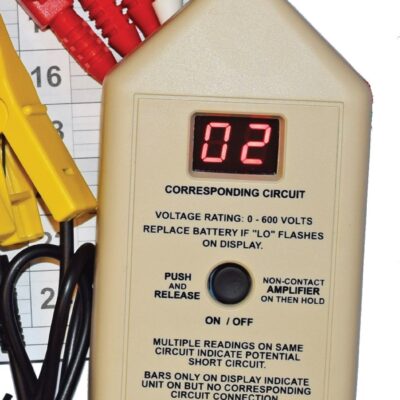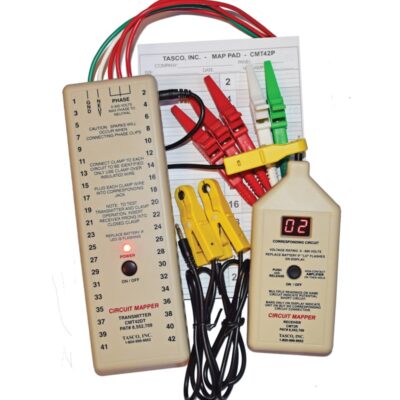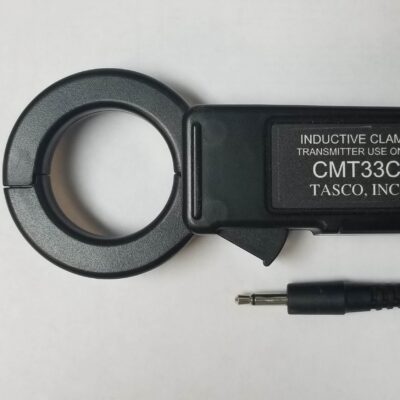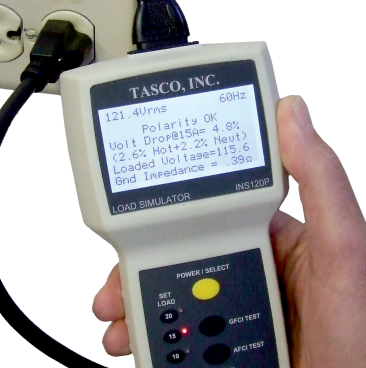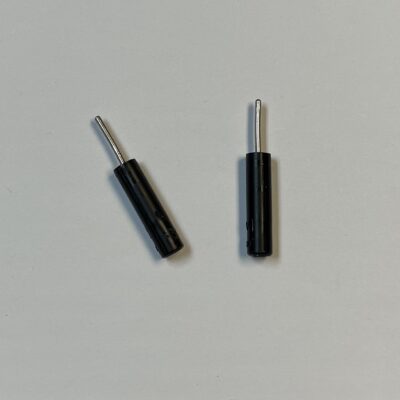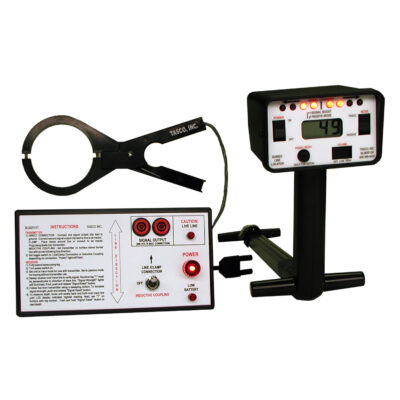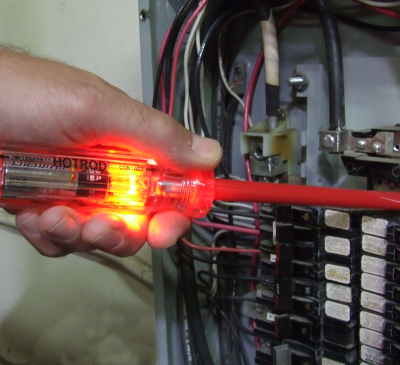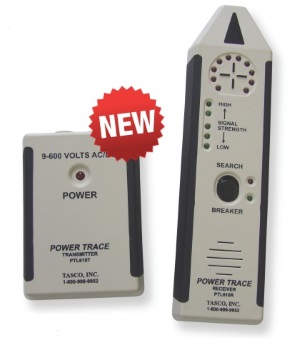 The Tasco PTL610 is typically used to determine which breaker supplies a specific load. However, this versatile piece of equipment has many other uses such as finding out what circuit breaker supplies a specific outlet or switch, locating ground lines, neutrals and feeders.
The Tasco PTL610 is typically used to determine which breaker supplies a specific load. However, this versatile piece of equipment has many other uses such as finding out what circuit breaker supplies a specific outlet or switch, locating ground lines, neutrals and feeders.
What is a Circuit Tracer?
A circuit tracer is an electronic device that can be used to find out which circuit is controlled by a given circuit breaker. One advantage of this device is that work can be done without powering down the installation so things proceed normally while work is in progress. If circuits in a facility aren’t properly mapped, it can be difficult to determine which circuit breaker is connected to a particular branch circuit. This can occur over time as circuits are altered, added and removed. It may happen in brand new installations due to forgetfulness or confusion.
In the past, an electrician might just toggle breakers on and off to determine the circuits. Breaker panels today can feed a lot of sensitive electronic gear, and cutting off their power can cause damage to these sensitive devices. Furthermore, time is money to a facility operator, just like it is to you. A company cannot afford to shut everything down while a specific circuit is located so that only it may be shut down for service. A circuit tracer can save countless labor hours, and it will pay for itself many times over.
Getting the Most from Your Circuit Tracer
When a breaker trips and you are unable to reset it, you can find the fault by connecting the transmitter at the breaker to the HOT of the branch circuit and a separate ground such as a metal door frame or metal water pipe and walking the wire run or conduit with the receiver until you lose the signal. This should be where the ground fault lies.
Circuit drawings are sometimes incorrect. It’s common to find active circuits where there should be none, and vice versa. Use your branch circuit tracer to trace the location of wires in walls that feed a specific outlet or are fed by a certain circuit breaker. You can then mark the drawings to indicate the actual wiring.
If you’ve lost the signal in a low voltage data cable, you may need to find where the insulation is faulty, cracked or worn. Use your circuit tracer to determine where the cable has a leakage to ground. Use a similar procedure when finding ground faults with power circuits. You may need to apply power to the tracing circuit with 9 volt battery in this case.
Safety First
Always make safety your first concern. Before operating a circuit identifier, read the manual and understand how to use it. You’re often working with live circuits, so avoid hazardous situations that can transmit a potentially lethal electric shock.
If you have questions about circuit tracers or our circuit mapper system. Submit a contact us form or call us at 1.800.999.9952.
